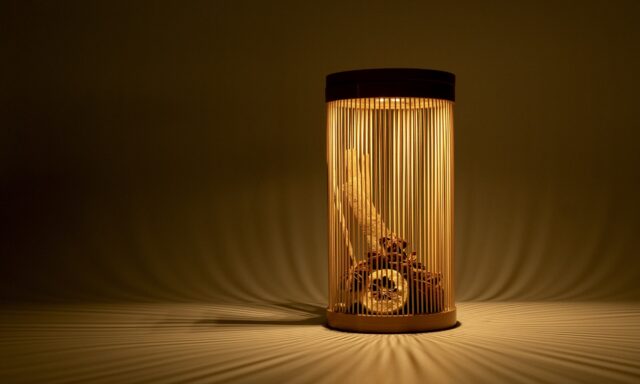Newly Launched “Yakiiro” Chopstick Rest by MIYAMA
New Products VOL.19
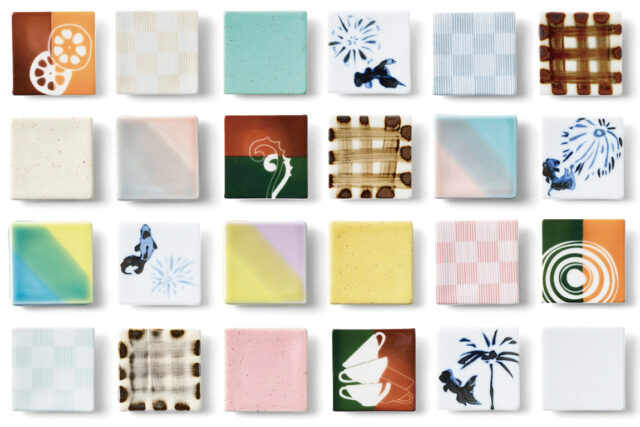

VOL.1-19
Update

VOL.1-27
Update
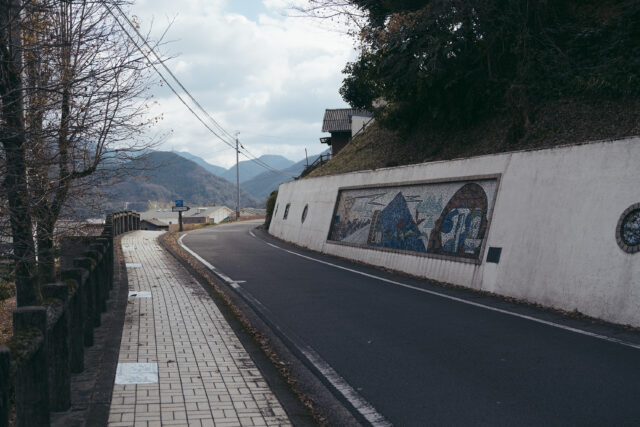
VOL.1-4
Update
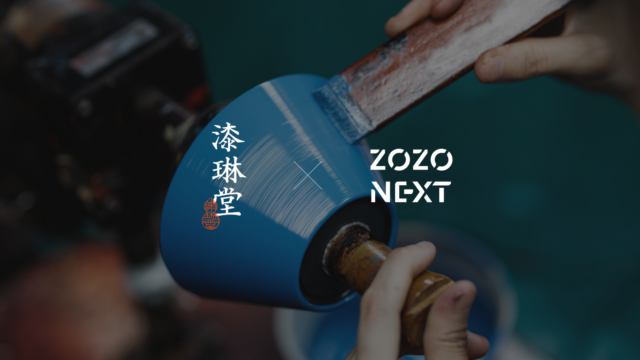
VOL.1-19
Update
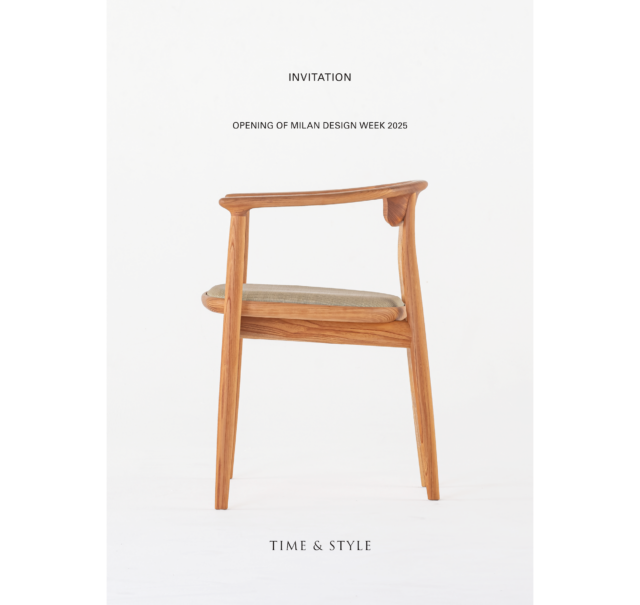
VOL.1-43
Update
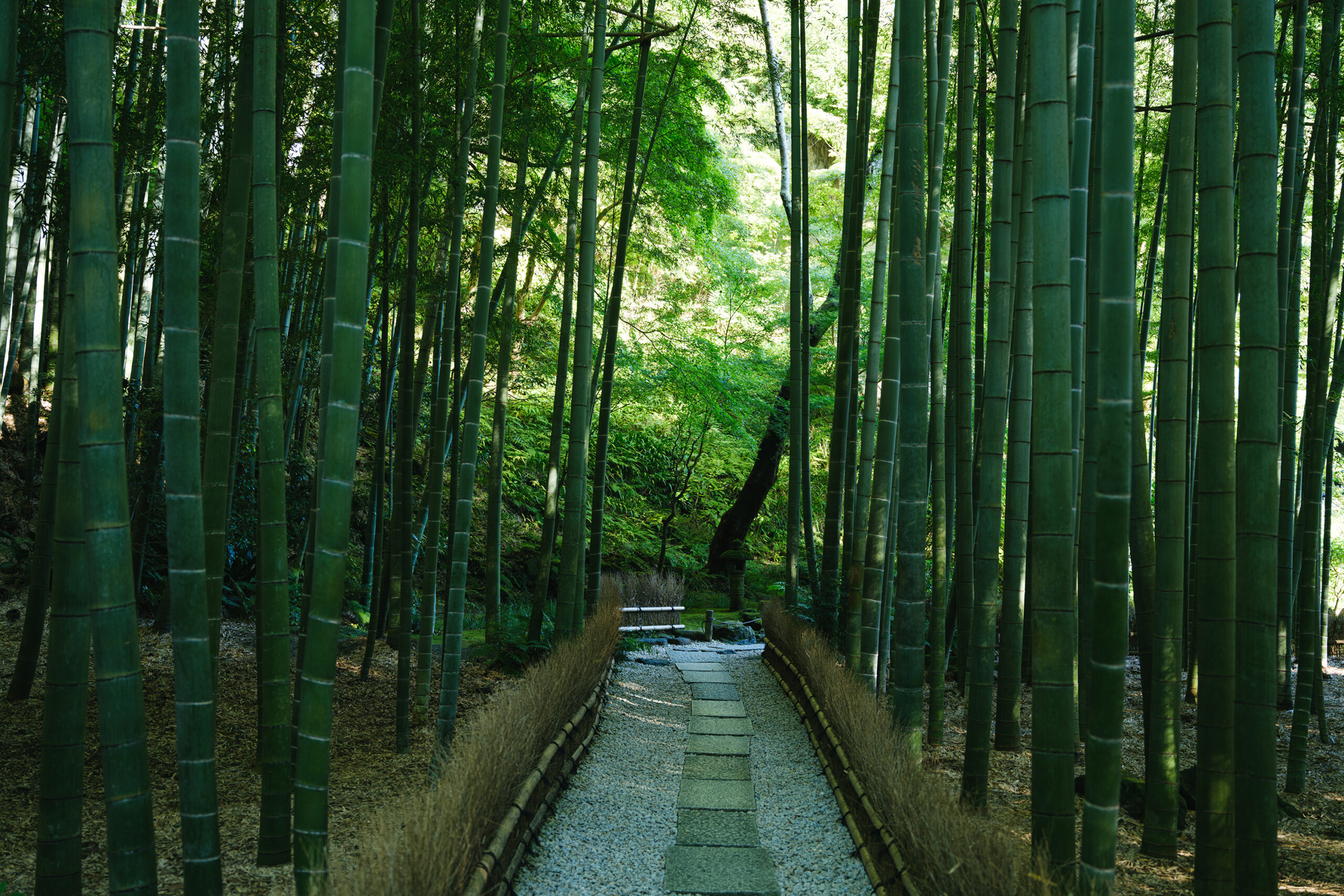
VOL.1-2
Update
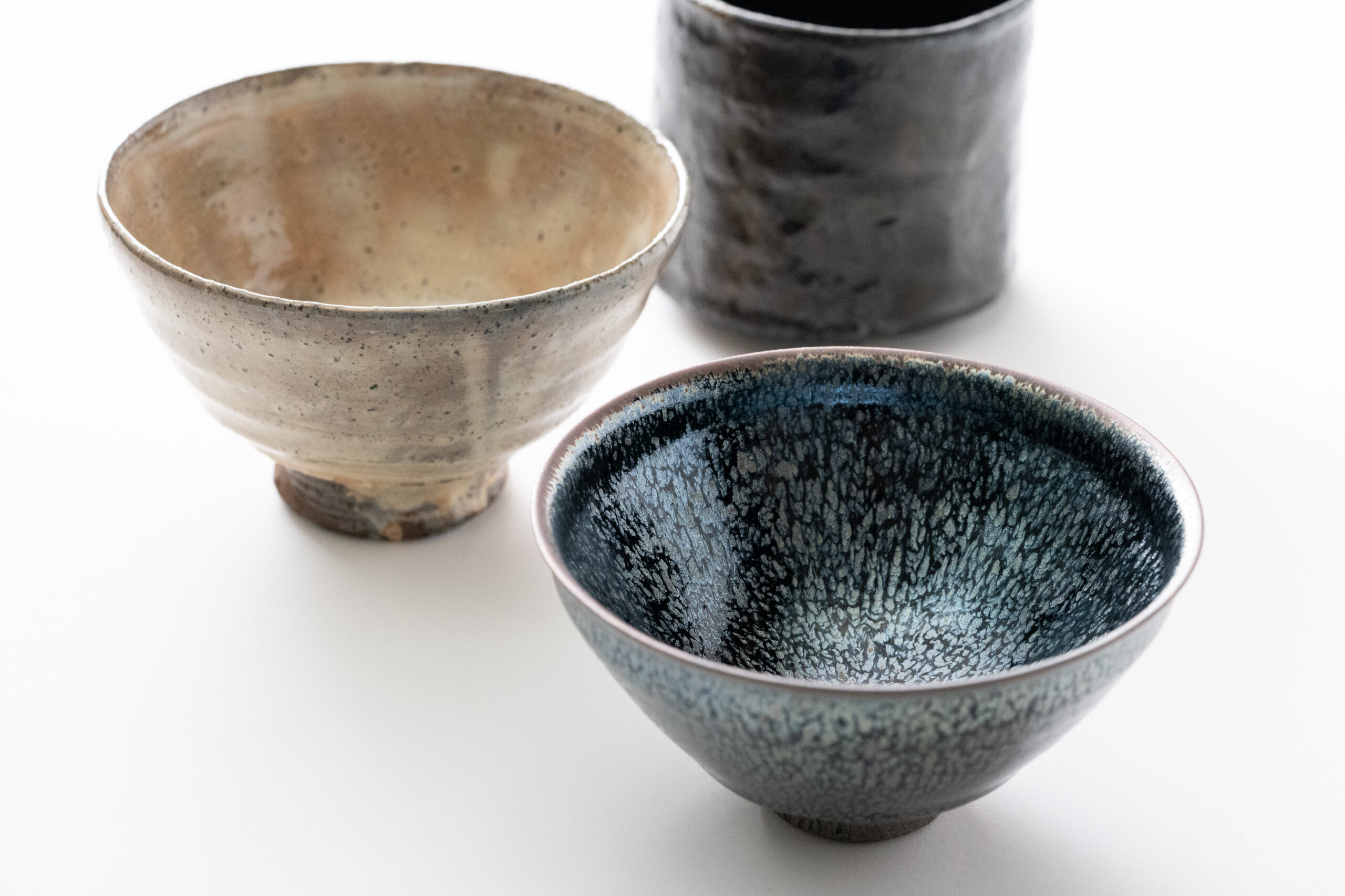
VOL.1-3
Update

VOL.1
Update
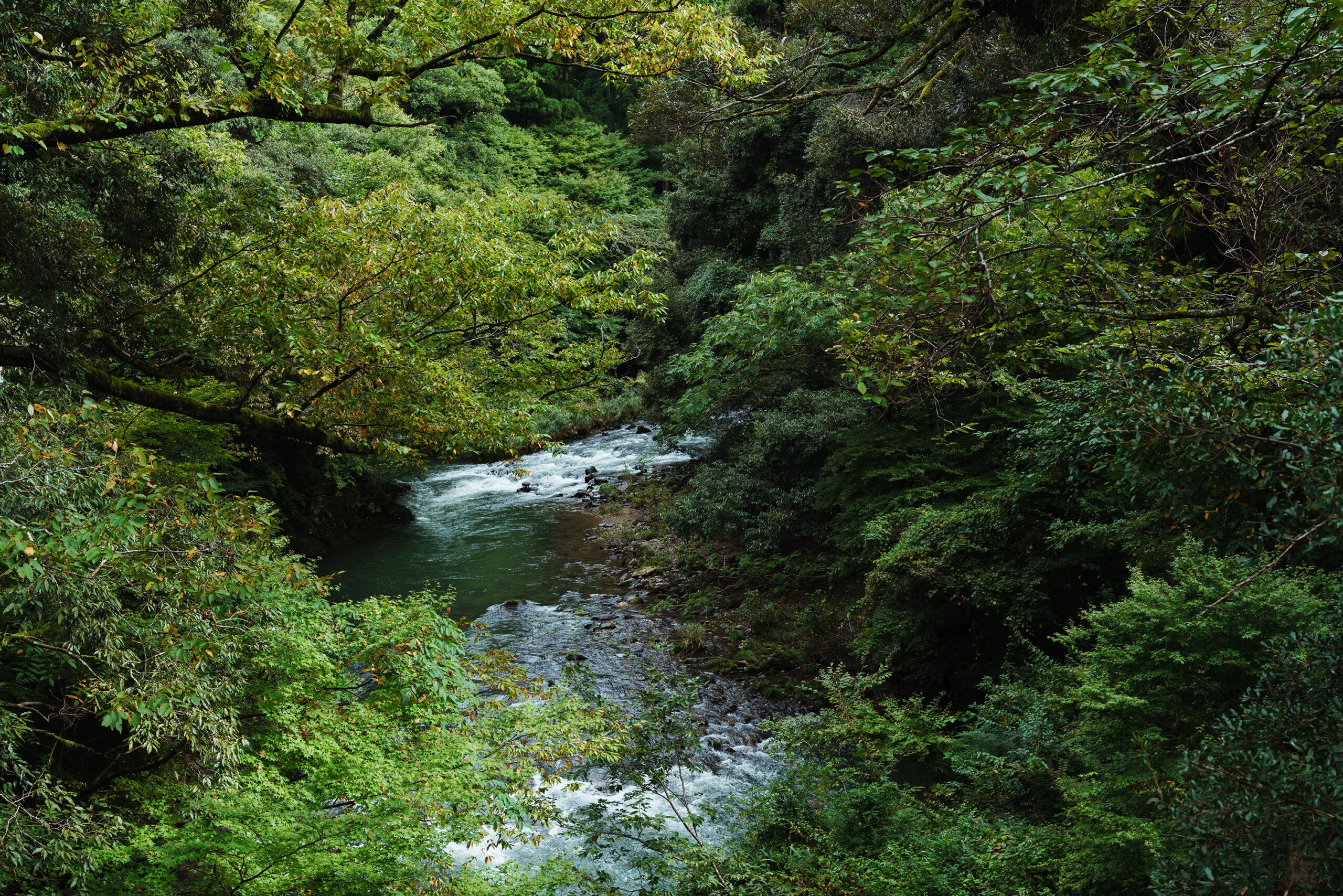
VOL.1-7
Update
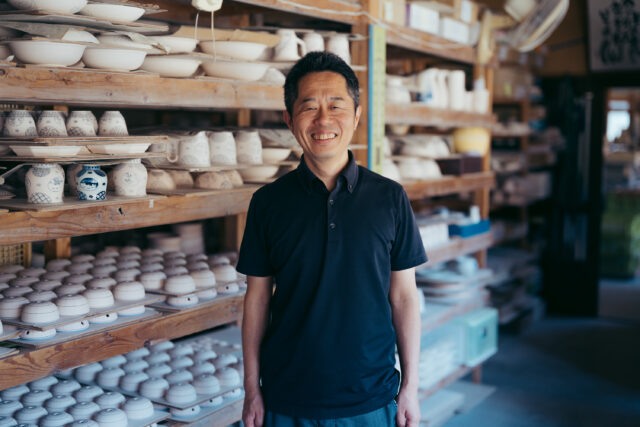
VOL.1-32
Update
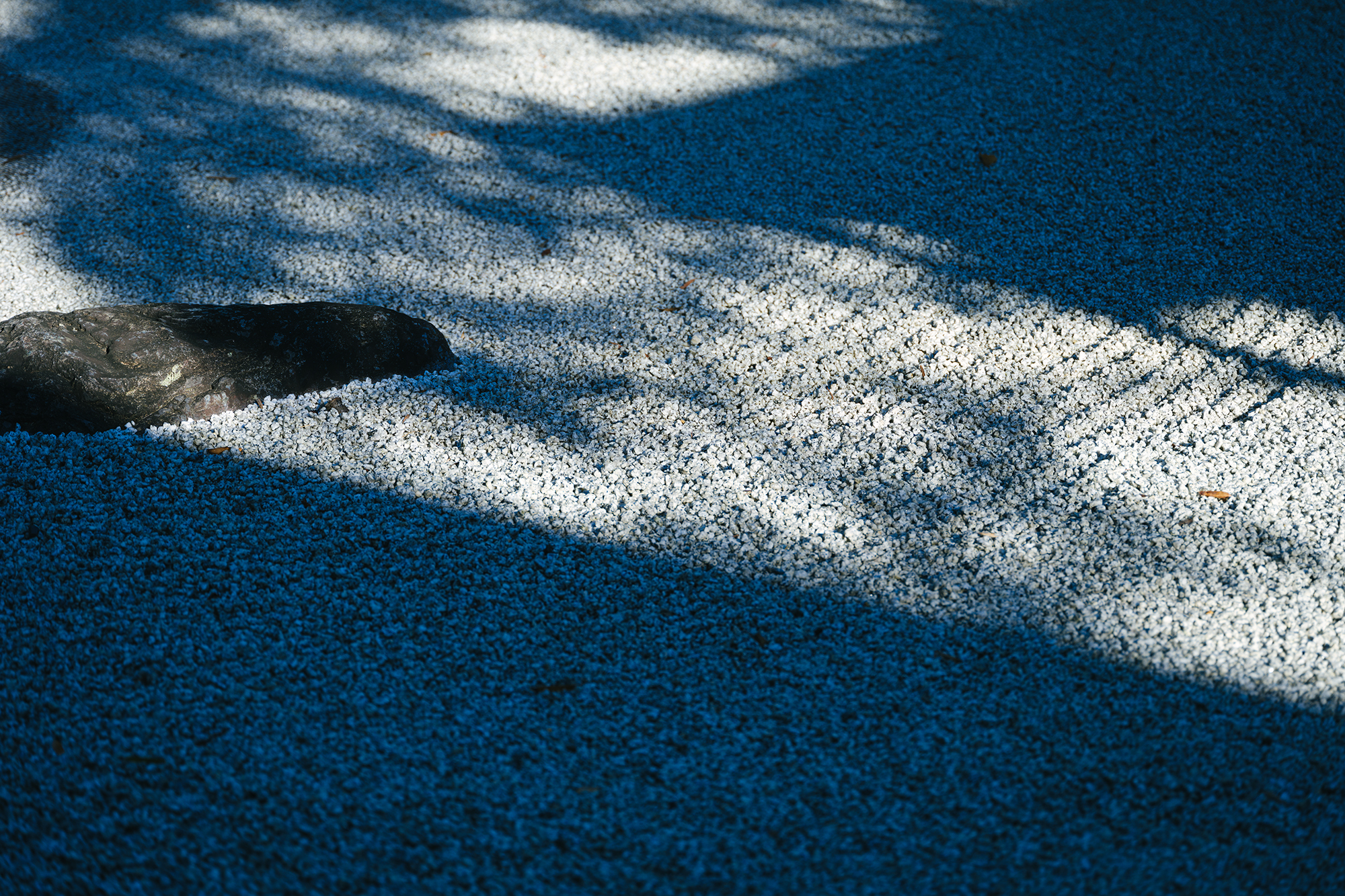
VOL.1-12
Update
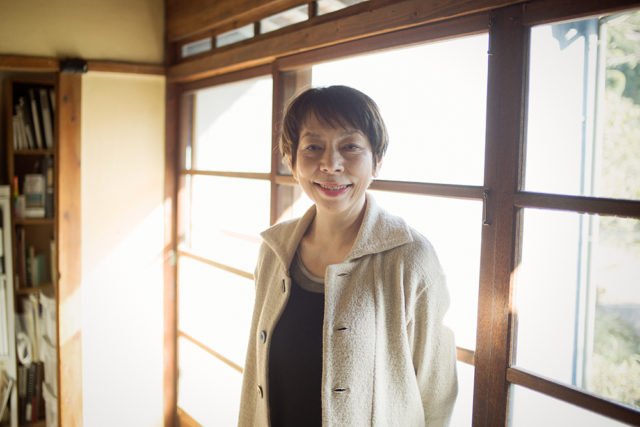
VOL.1
Update
We share a variety of information and perspectives on Japanese crafts, including exhibition information and interviews.
New Products VOL.19
Exhibition • Event Report VOL.27 AD
New Products VOL.18
Editor's Column "Craft Production Regions" VOL.4 AD
Jun 29 – Sep 7, 2025
Midorigaoka Art Museum Annex
Jul 12 – Aug 24, 2025
MIHO MUSEUM
Jul 12 – Sep 28, 2025
Bizen City Museum of Art
Ishikawa
Jul 12 – Oct 19, 2025
Notojima Glass Art Museum
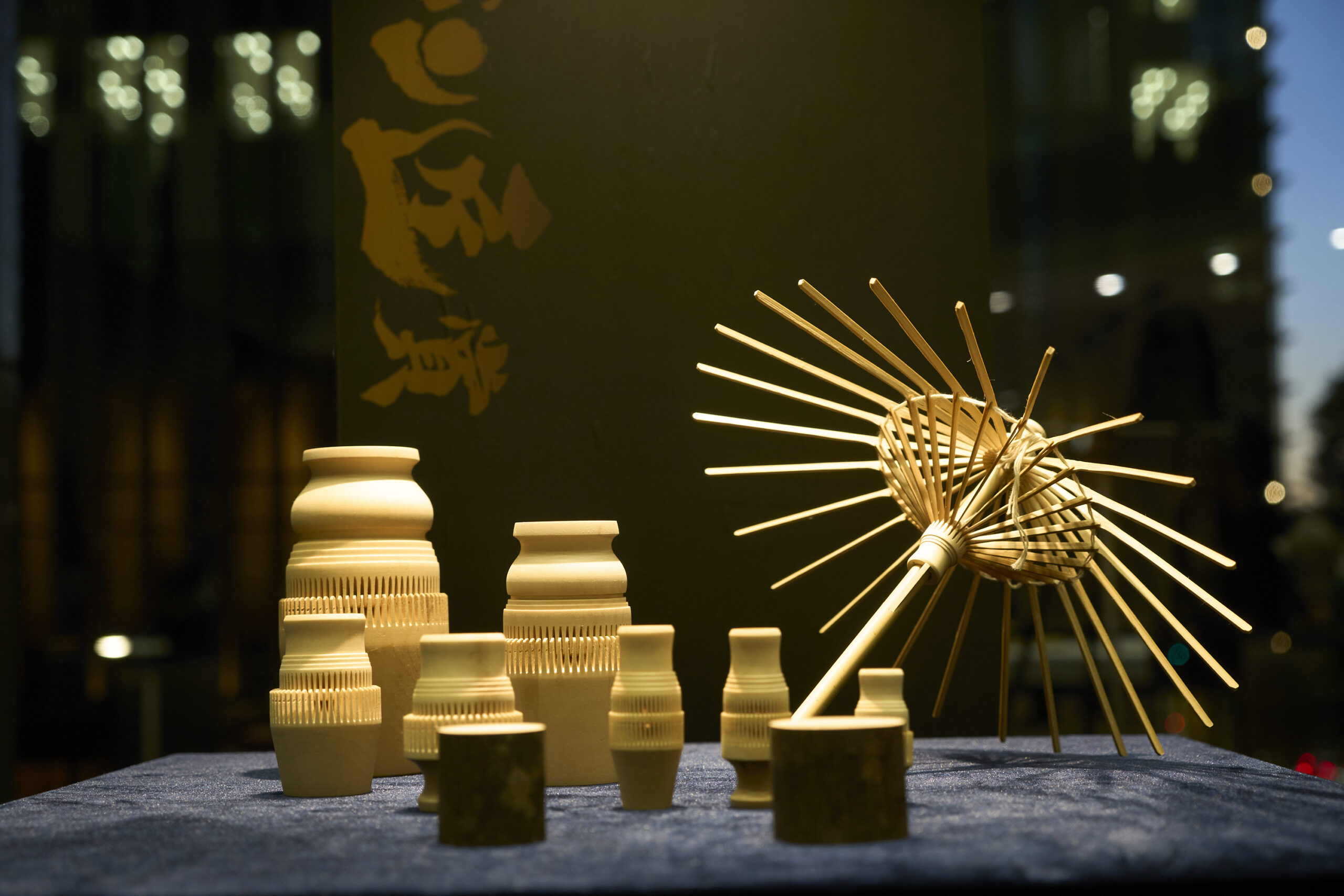
Shingo demonstrates the diverse allure of wood while making skillful use of it as a material. For instance, his piece titled “Small Chest of Drawers with Yellow-toned Wood (Amur Corktree)” utilizes black persimmon for the front of the drawers, Japanese box for the edges of the drawers, and camellia for the edges of the entire chest. When viewed from the front, this piece captivates the eye with patterns resembling sumi ink paintings on the black persimmon, while from the top, intricate shapes and patterns give a solid, geometric impression. On the other hand, “Small Chest of Drawers (Aged Japanese Zelkova and Japanese Nutmeg-yew)” combines black and light brown aged woods, creating a sense of depth and perspective enhanced by the interplay of wood colors and light, as if giving rise to an optical illusion.
Shingo mentions, “In pottery, once the work is placed in the kiln, it is left to fate, but in woodworking, the material, wood, remains in the artist’s hands until the end, so the choice of wood becomes crucial.” With an intimate understanding of wood and a relentless pursuit of craftsmanship to bring out the beauty of wood grain patterns, Shingo’s pieces seem to tell a story of the rich life of the trees, each one meticulously crafted with unparalleled skill.
Written by Akiko Nakano
Related information
Yokohama Takashimaya Art Gallery
https://www.takashimaya.co.jp/yokohama/topics/art.html
1-6-31, Minamisaiwai, Nishi-ku, Yokohama-city, Kanagawa Prefecture, 220-8601, Japan
TEL: +81-45-311-5111
Opening hours: 10:00 am to 8:00 pm
